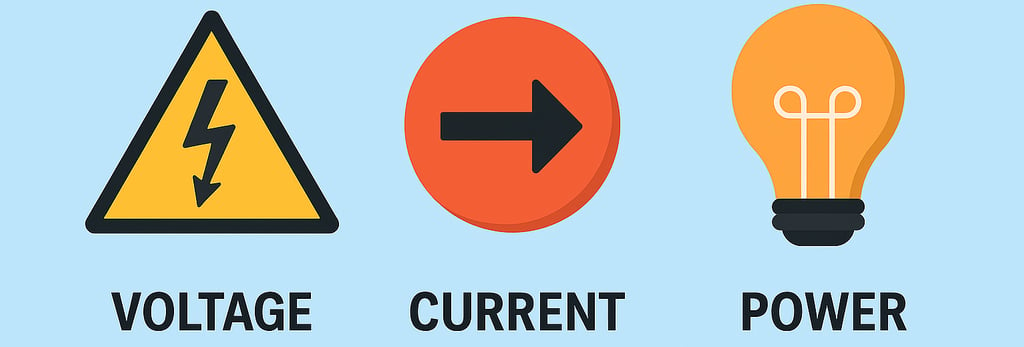What is the Difference Between Voltage, Current, and Power?
Understand the difference between voltage, current, and power—how each plays a role in electrical systems and why they matter.


Understand the difference between voltage, current, and power—how each plays a role in electrical systems and why they matter.

